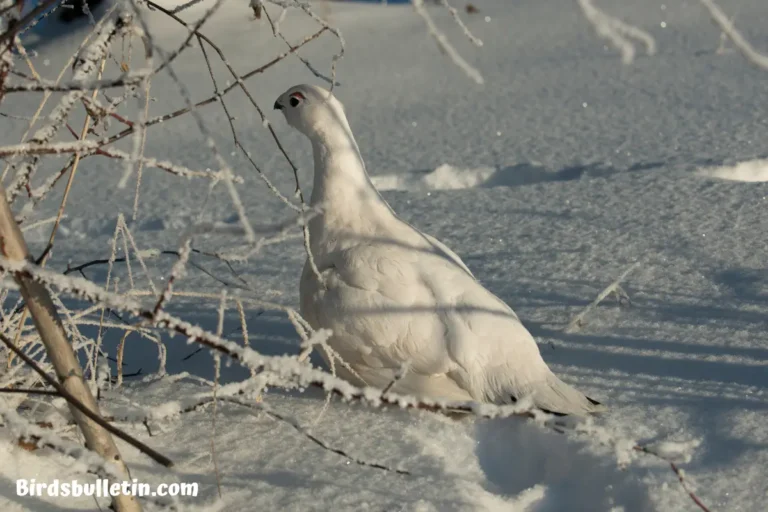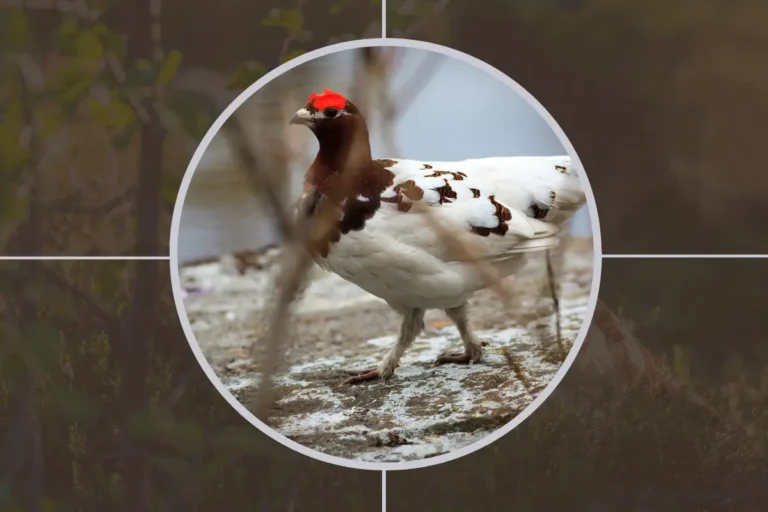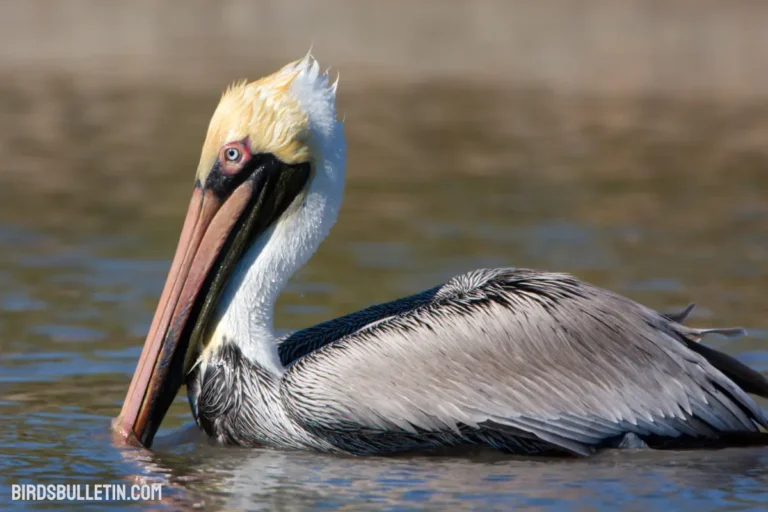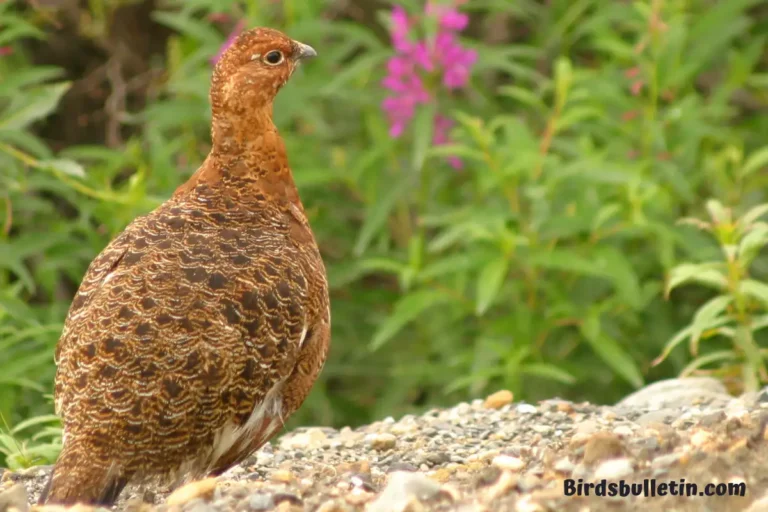Western Bluebird (Beautiful Songbird)
The Western Bluebird (Sialia mexicana) is a captivating and vibrant bird species native to North America. Renowned for its striking blue plumage and cheerful melodies, this bird has become a symbol of the western landscapes it inhabits.
In this comprehensive overview, we’ll delve into various aspects of the Western Bluebird, from identification to conservation efforts.
Want to learn more about Birds Overview
Identification
Here are the key identification points of Western Bluebird
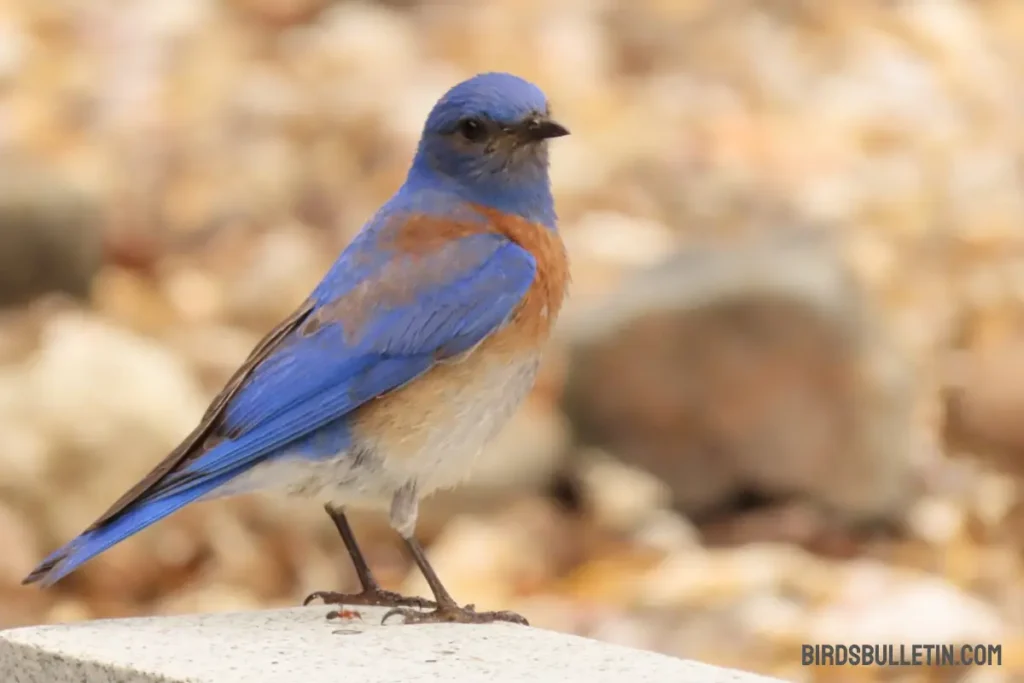
Size and Shape
- Western Bluebirds are about 6 to 7 inches in length.
- They have a plump, rounded shape with a relatively short tail.
Plumage
- Males sport a brilliant royal blue on their heads, wings, and tails, while females and juveniles exhibit more muted tones.
- A rust-colored or orange breast distinguishes the Western Bluebird, extending to the sides and throat in males.
Color Pattern
- Males: Vibrant sky-blue upperparts and reddish-brown throat/breast. White belly. Blue wings and tail.
- Females: Pale blue upperparts. Gray throat/breast with some blue on wings and tail. White belly.
- Juveniles: Gray-brown overall with some blue spotting. Resemble females.
Facial Features
- Look for a distinctive white eye ring, which encircles the eye and contrasts with the bird’s colorful plumage.
- Both genders have a slender black bill.
Western Bluebird Profile
| Feature | Details |
|---|---|
| Scientific Name | Sialia mexicana |
| Alternative Name | Western Bluebird |
| Color | Males have deep blue upperparts, reddish brown throat, grey belly. Females are grey-blue above, and grey below. |
| Size | 6.5-7.5 inches |
| Wingspan | 30-33 cm (11.8-13 in) |
| Weight | 24–41 g |
| Lifespan | Up to 5-10 years |
| Breeding Season | May to July |
| Lay Eggs | 2-8 pale blue eggs |
| Diet and Prey | Insects like grasshoppers, ants, beetles, caterpillars; also, spiders, and snails. Berries supplement the diet. |
| Threats and Predators | Nest predation by squirrels, corvids, and snakes. Habitat loss and pesticides also pose threats. Falcons, hawks, and shrikes prey on adults. |
| Locations | Breeds across western North America into Mexico. Winters in the western U.S. through Mexico. |
State Bird And Symbol
Mountain bluebirds are the largest and bluest of North America’s three bluebird species. The eastern and mountain bluebirds have been recognized as state birds, but the western bluebird has not received this honor.
The bluebird is a symbol of hope, love, positivity, and renewal. It serves to represent the essence of life and beauty across its three North American species – the eastern, western, and mountain bluebirds.
Species or Subspecies
The western bluebird, scientifically designated as Sialia mexicana, was officially documented by the English naturalist William John Swainson in 1832. The species encompasses six recognized subspecies:
01. Sialia mexicana occidentalis (Townsend, JK, 1837) – Found in southwest Canada to north Baja California (northwest Mexico).
02. Sialia mexicana bairdi (Ridgway, 1894) – Inhabits the interior western USA to Sonora and Chihuahua (northwest Mexico).
03. Sialia mexicana jacoti (Phillips, AR, 1991) – Resides in the south-central USA and northeast Mexico.
04. Sialia mexicana amabilis (Moore, RT, 1939) – Native to north-central Mexico.
05. Sialia mexicana nelsoni (Phillips, AR, 1991) – Populates central Mexico.
06. Sialia mexicana mexicana (Swainson, 1832) – Located in south-central Mexico.
Nesting
Western Bluebirds nest in pre-existing cavities, relying on woodpeckers and natural hollows in trees or posts. They prefer open country interspersed with trees and avoid heavily forested areas.
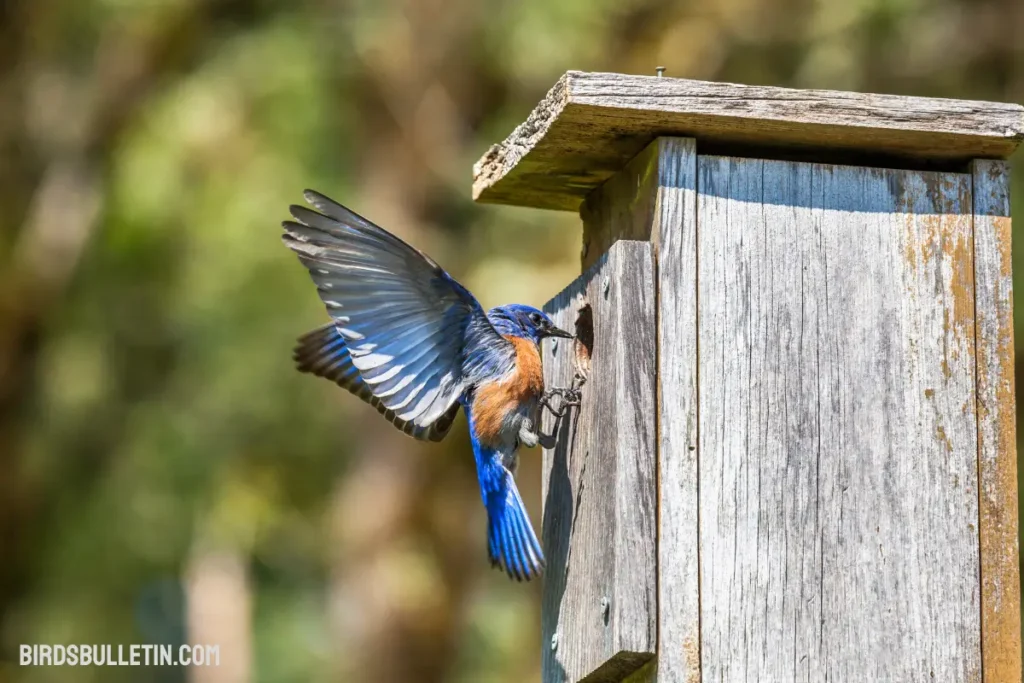
The female builds a neat cup-shaped nest out of grasses, pine needles, stems, and feathers inside the cavity. She then lays about 5 pale blue eggs and incubates them for 14 days while the male brings food.
The pair may raise to three broods per year from April to August. Recently fledged young will remain near the nest for a couple of weeks as their parents tend and feed them.
Population & Migration
Here are some general points about western bluebird populations and migrations:
- Western bluebirds are found west of the Rocky Mountains in western North America. Their breeding range extends from southern British Columbia through the western U.S. states down into central Mexico.
- They migrate relatively short distances compared to some other bird species. Northern populations may migrate south to the southern U.S. for the winter, while some southern populations are year-round residents.
- Overall populations declined in the early 20th century, likely due to competition with non-native bird species, loss of habitat, and use of pesticides. Conservation measures have helped populations recover since the 1970s.
- Current global population size estimates range from about 6.5 to 7.1 million, with nearly 95% spending some part of the year in the United States.
- Major threats that can still impact populations include ongoing habitat loss, competition with invasive bird species, climate change effects, and collisions with human structures and vehicles during migration.
Behavior
Western Bluebirds sit quietly scanning for insects from an open perch or hover and sweep in flight to catch bugs. Generally found singly or in pairs, small flocks may congregate near food sources like berry bushes.
While they occasionally sample fruit and seeds, their diet consists mainly of insects – making them important natural pest controllers. Despite their striking beauty, these are not flashy birds.
Males sing a subdued warbling song but otherwise, Western Bluebirds are humble, unassuming creatures. They may excavate nests in saguaro cacti, oak trees, or fence posts equally, adapting their breeding efforts to the habitat at hand.
Human Connections
Much loved for their beauty and song, Western Bluebirds have a strong cultural connection as a symbolic harbinger of spring. Seeing that first brilliant flash of blue serves as a timely reminder that winter is nearly over.
These cavity nesters also exhibit an affinity for nest boxes, allowing for rewarding bird-human interactions. Maintaining bluebird trails with numerous nest boxes allows community scientists to aid breeding, track populations and engage people young and old in conservation.
The sight of adults feeding a begging brood of nestlings is a special experience that gives hope for the future. Just make sure to give nesting birds adequate space and privacy.
Conservation Status
The Western Bluebird has a large range and sustained population growth in recent decades. As such, the species rates as a Species of Least Concern on the IUCN Red List. Partners in Flight estimates a global breeding population of 5.8 million.
Numbers dropped by over 50% between 1966 and 2015 per the North American Breeding Bird Survey. However, the installation of nest boxes along with the protection of open country breeding sites has boosted Western Bluebird numbers in the western states.
Legal Protections
In the United States, all native bluebirds are protected under the Migratory Bird Treaty Act which prohibits harming or possessing the birds, eggs, feathers, or nests.
No hunting, selling, or trade is allowed without permits. Internationally, the species has no threatened status or legal protections.
Frequently Ask Questions
01. What’s the difference between Eastern and Western Bluebirds?
While all North American bluebirds look somewhat similar, Western Bluebirds have a reddish-brown throat and breast, unlike the all-red Eastern Bluebirds. Westerns also have a completely white eye-ring and a longer tail. Range maps do not overlap.
02. How can I attract Western Bluebirds?
Providing nest boxes with a 1 1/2-inch diameter hole placed 5-10 ft high works well. Include no perch or place below the hole. Face east/southeast away from prevailing winds. Keep boxes 100 yards apart.
03. What are the threats to their survival?
Habitat loss, intensive farming, climate change reducing insects, nest competition from non-native birds, herbicides reducing food supply, and collisions with human structures all threaten Western Bluebird survival.
Final Word
Few birds can match the visual impact of a brightly colored male Western Bluebird alighting on a tree. Add in the species’ melodious voice, ready use of nest boxes, and role as an indicator of ecological health, and it is no wonder these songbirds have captivated people across cultures.
References
- Sibley, D. A. (2003). The Sibley Field Guide to Birds of Western North America.
- Audubon Guide – Western Bluebird. https://www.audubon.org/field-guide/bird/western-bluebird



